The Finalists For The 2024 European Smart Tourism Awards
The European Commission has announced the cities shortlisted for their Smart Tourism Awards. These destinations exhibit a remarkable dedication to shaping the future of sustainable and smart tourism. Continue reading to find out the cities leading in sustainable tourism. They might be your next destination!
To receive the Luxiders newsletter, sign up here.
Under the umbrella of Smart Tourism, the European Commission launched two awards to recognize large and small cities that are committed to sustainable tourism. First, The European Capital Award recognises achievements in sustainability, accessibility, digitalisation, cultural heritage, and creativity. Previous year's winners include Seville, Pafos, Gothenburg, Helsinki, and Bordeaux, among others sustainable cities. On the counterpart, The European Green Pioneer award goes to smaller destinations that have successfully implemented strategies towards a green transition and sustainable tourism. They are non-traditional, emerging destinations for those looking for something unique. For both competitions, representatives from each city present their proposals and activities planned for the title year.
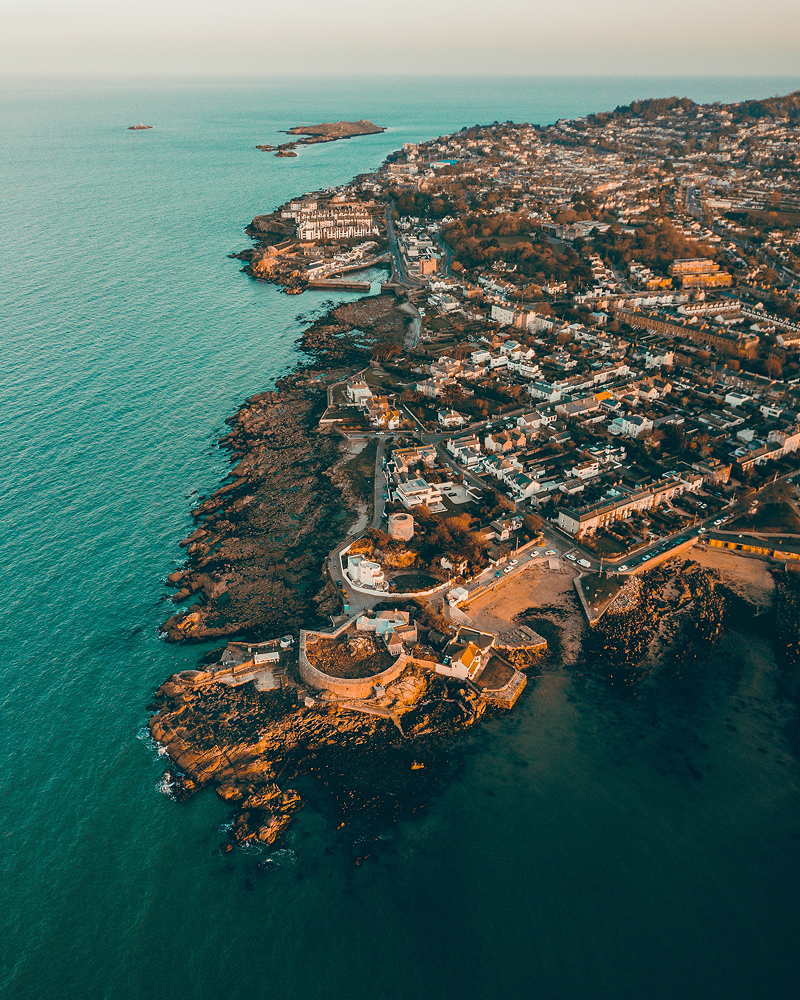
Dublin © Paul Costello via Unsplash
FINALISTS FOR THE 2024 EUROPEAN CAPITAL OF SMART TOURISM
BREMERHAVEN, GERMANY
First, the port city of Bremerhaven, once a thriving fishing hub, has transformed into a culinary haven known for its sustainable seafood and fish offerings. The city protects its coastal surroundings and ecologically sensitive areas. It is committed to habitat preservation, reducing waste and smart use of resources to reduce environmental impact. The city upholds tourism to the same standard. Bremerhaven stands out for its accessibility. The city excels in accessibility, providing rental e-bikes that cater to specific needs such as wheelchairs, hearing loss, and cognitive, visual, and mobility impairments. Moreover, the railway station is equipped with Braille signage, making navigation easier for visually impaired visitors and locals alike.
CORK, IRELAND
Mediaeval buildings, historical sites, and museums are a gateway to the rich past of Cork. The city values its heritage, having over 1,100 historical structures under protection. Cork is one of the 100 EU Mission Cities leading the transition to carbon neutrality by 2030. Among its multiple efforts to reduce carbon emissions, the city installed five Air Quality Moss Walls, ‘robotic’ trees that filter pollutants produced by traffic. The Irish city is investing in cycling infrastructure and eco-friendly transportation alternatives. Moreover, the city also values inclusion, forming part of the International Rainbow Cities Network, which protects and enhances LGBTQIA+ rights.
DUBLIN, IRELAND
The Irish capital is a vibrant metropolis investing in its community, technology, and innovation to foster a sustainable experience for both residents and tourists. Dublin takes advantage of its lively cultural scene to drive cultural engagement in the community. The Dublin Council Culture Company oversees cultural initiatives and establishments throughout the city. In 2020, the Coastal Mobility Route transformed how we can sustainably navigate the city and its coastline. Additionally, Dublin has the world’s first carbon-neutral convention centre, which won the Green Tourism and Entertainment Award. Starting from the airport, the capital wants to make tourism accessible for everyone. Specifically, programs are set at the airport to ensure a satisfactory experience for people with special needs or mental health conditions.
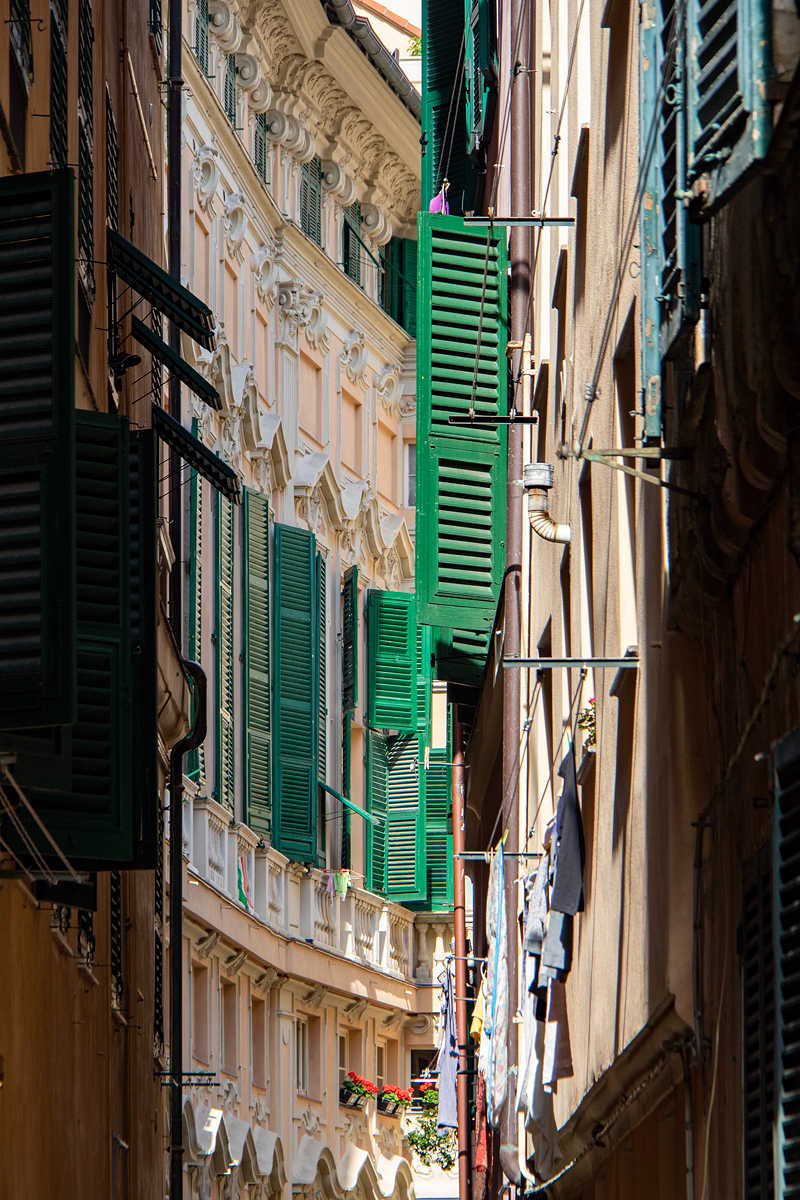
Genoa © Nick Fewings via Unsplash

Helsingborg © Michael Odelberth via Unsplash
GENOA, ITALY
Continuing, the capital of the Liguria region is characterised by its narrow, winding streets, historic landmarks, and stunning coastal views. Genoa went through smart renovations to develop the city while preserving its timeless charm. The city restored the artistic and cultural heritage that makes it so beautiful through urban regeneration projects. Furthermore, the Plan for the Elimination of Architecture Barriers works towards developing smart, accessible, and environmentally friendly mobility. The city is a pioneer in smart tourism digitalization. The city has an interactive platform with maps and important information. Additionally, the “Tour Tax” website facilitates communication with accommodation providers. Its museums and galleries also took a turn towards digitalization.
HELSINGBORG, SWEDEN
Next, the city on the Öresund Strait has a captivating contrast where the rich historical heritage coexists with forward-thinking innovation. Helsingborg puts people’s quality of life at the forefront of its sustainability efforts. Specifically, the new district of Oceanhammen is a case study for future sustainable cities. Artificial reefs promote marine diversity, while water segregation technologies reduce water consumption and promote biogas production. Helsingborg understands that sustainability depends on the next generation. Therefore, it introduces programs and VR technology to engage children in history and the importance of protecting the environment. A project that’s become famous both with residents and visitors. Lastly, it is another European city at the vanguard of carbon neutrality, achieving fossil fuel-free public transport in 2018.
SAN SEBASTIÁN, SPAIN
The lush green hills and craggy shorelines form San Sebastian’s picturesque scene. The city is one of the gastronomic capitals of the world. Home to various Michelin Star restaurants, and renowned local restaurants, the city is a culinary gateway into the Basque Country’s heritage. San Sebastián, with its stunning beauty and friendly atmosphere, has been a popular tourist destination for years. To prevent tourism from disrupting the local lifestyle, the city prioritises the needs of its residents. Consultations with local businesses, citizens, and both public and private stakeholders ensure that their input is considered. The city promotes open communication and seeks suggestions for a smart tourism plan that considers the views of the residents.
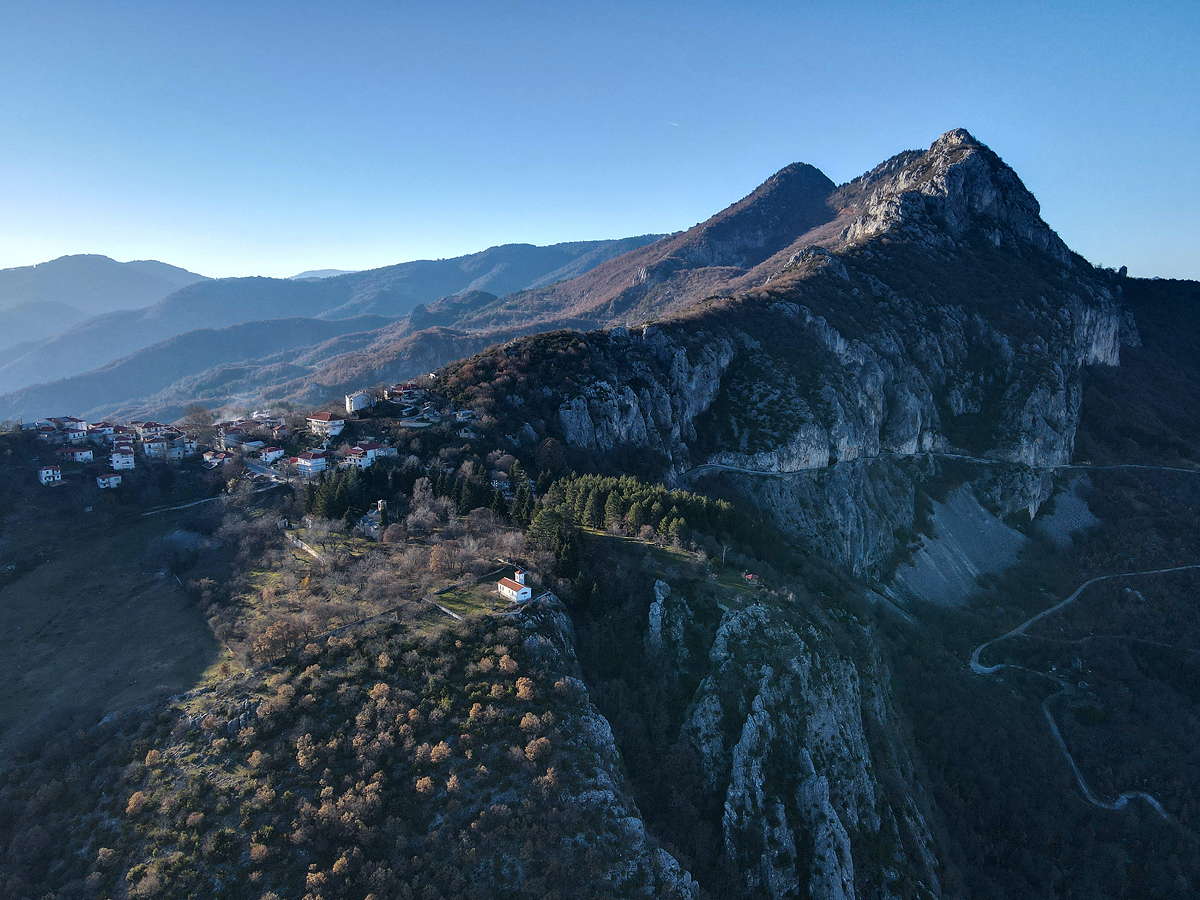
Grevena © Dimitris Kiriakakis via Unsplash
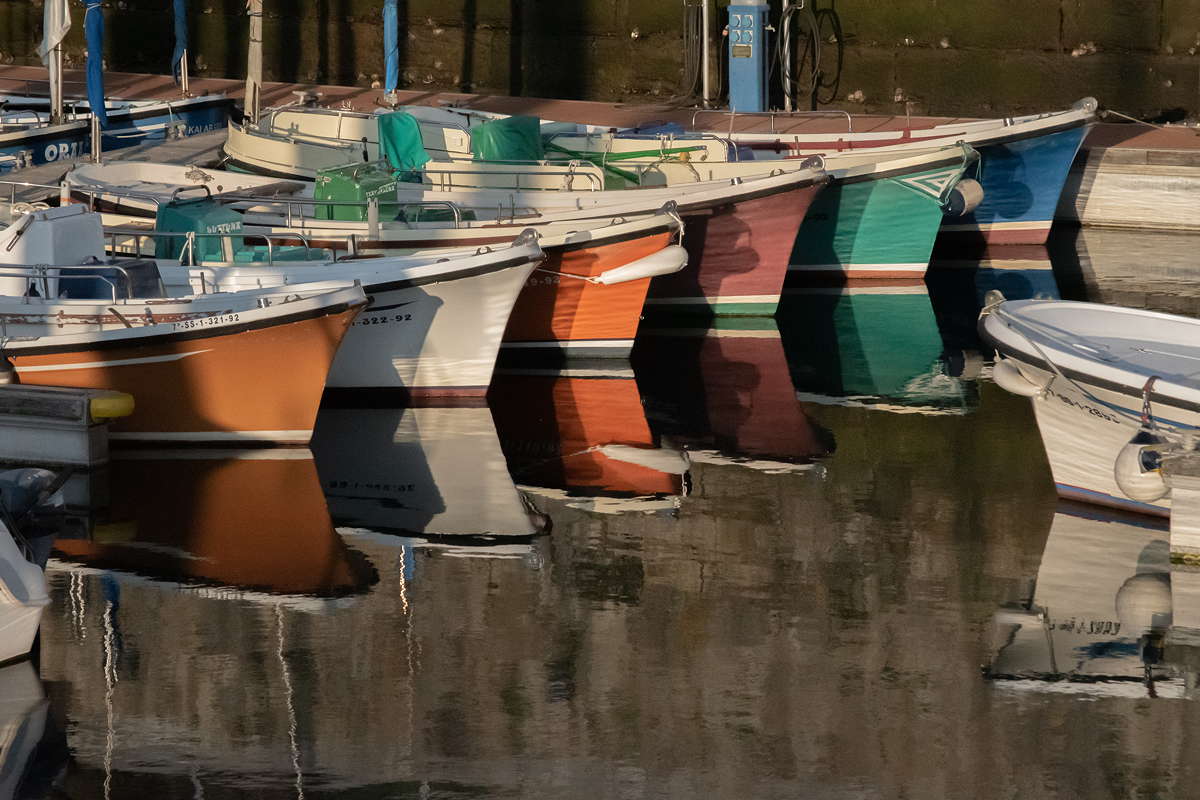
San Sebastián © Carlos Torres via Unsplash
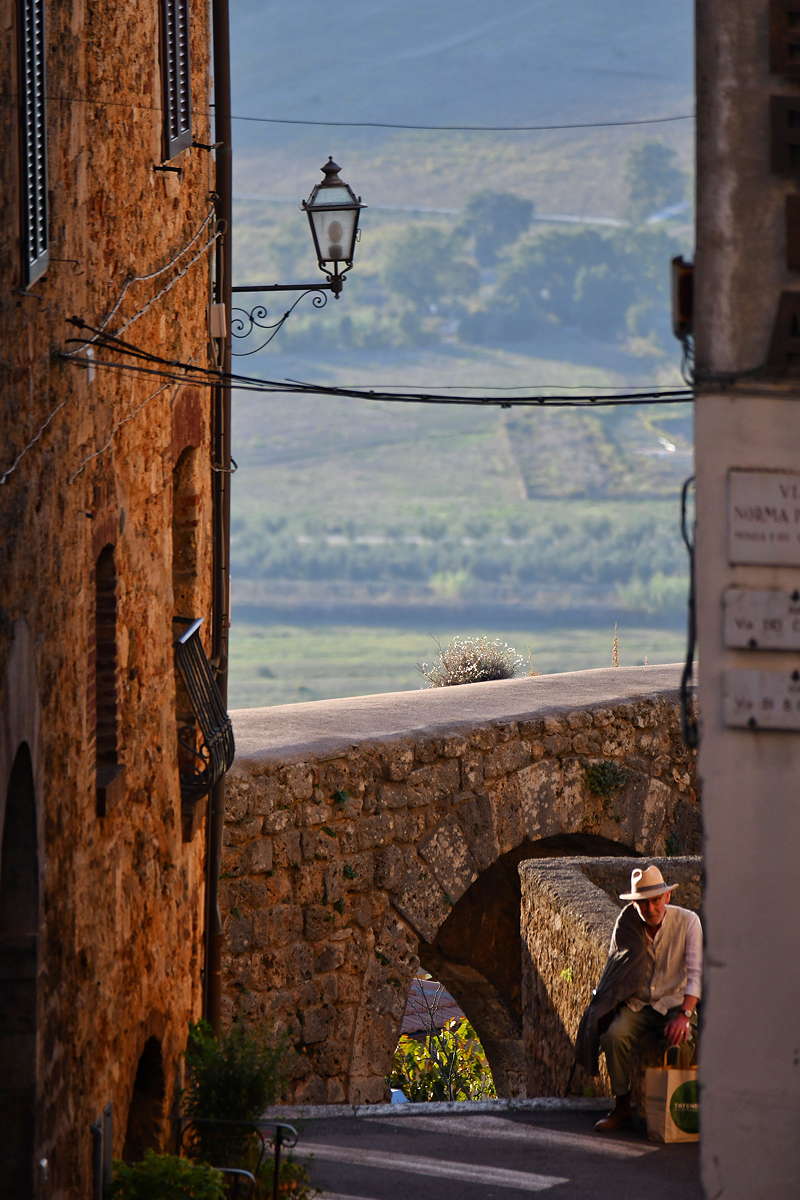
Grosseto © Peter Steiner via Unsplash
FINALISTS FOR THE 2024 GREEN PIONEER OF SMART TOURISM
GREVENA, GREECE
Tucked away in a valley and surrounded by rugged peaks and stunning natural beauty, Grevena offers a tranquil, eco-friendly retreat. With a population of just under 27,000, the city exudes a serene atmosphere. The breathtaking landscapes, waterfalls, caves, and rivers that surround the city create a scenic setting. Despite its size, Grevena carries out one of the largest geothermal projects in Europe. Cultural centres, swimming pools, sports centres and certain schools use geothermal energy for their heating and cooling systems. This was a big step in their goals of halving carbon emissions by 2030 and becoming carbon-free by 2050.
GROSSETO, ITALY
Grosseto is situated at the heart of the Maremma coastline in the Tuscany region. The well-preserved city walls, dating back to the 16th century, indicate its rich historical heritage. Additionally, the peaceful destination is invested in protecting its natural surroundings. The city invites visitors to engage in slow tourism, enjoying the landscapes and culture of the region. Specifically, the city promotes sustainable agritourism experiences. This includes cooking activities, tutorials for the collection of raw materials, tasting workshops and bicycle trails. Also, their sustainable efforts focus on making mobility accessible so everyone can responsibly enjoy the natural scenes, historic architecture, and cultural initiatives.
KARAWANKEN-KARAVANKE UNESCO GLOBAL GEOPARK, AUSTRIA/SLOVENIA
The Geopark, extending across borders, is an excellent location for individuals seeking full immersion in nature. Named after the Karawanken mountain range that separates the two countries, it is designated as a UNESCO Global Geopark, reflecting its global geological significance. Within the park, 49 geosites and 14 geopark sites are safeguarded. It is rich with diverse caves, canyons, and fossil sites. The green destination employs various efforts for biodiversity conservation, environmental preservation, and carbon storage. Furthermore, the park actively engages with the community to increase environmental awareness. Through the digital guide, visitors can participate in excursions that focus on the geological, natural, cultural, and historical features of the destination.
VALONGO, PORTUGAL
Lastly, Valongo's sceneries are distinguished by attractive river valleys, with the Sousa and Leça rivers meandering through the region, offering scenic views and natural beauty. The natural, cultural, and historical treasures of the Porto region have attracted visitors for many years. Valongo created The Porto Mountain Park to lead their sustainable efforts. The initiative safeguards biodiversity, controls invasive species, mitigates forest fires, and protects the landscapes. On top of that, Valongo also developed a plan for climate change adaptation. Through eco-friendly bioengineering techniques, the project works on the rehabilitation of the rivers and responsible socio-economic development.
+ Highlight Image:
San Sebastián © David Vives via Unsplash
+ Words:
Francesco Witt
Luxiders Magazine




